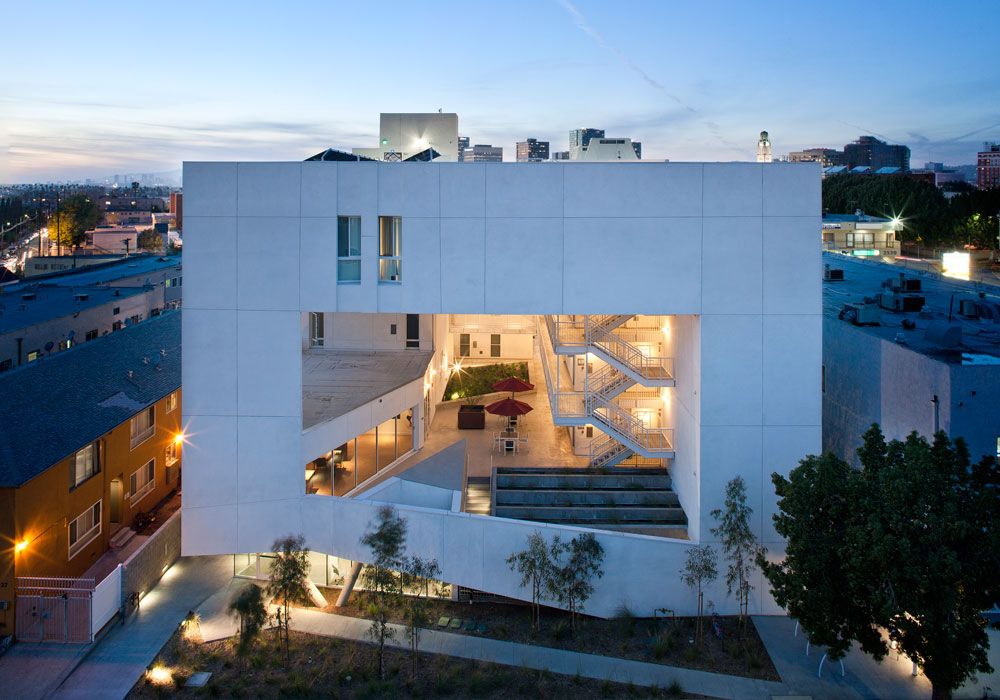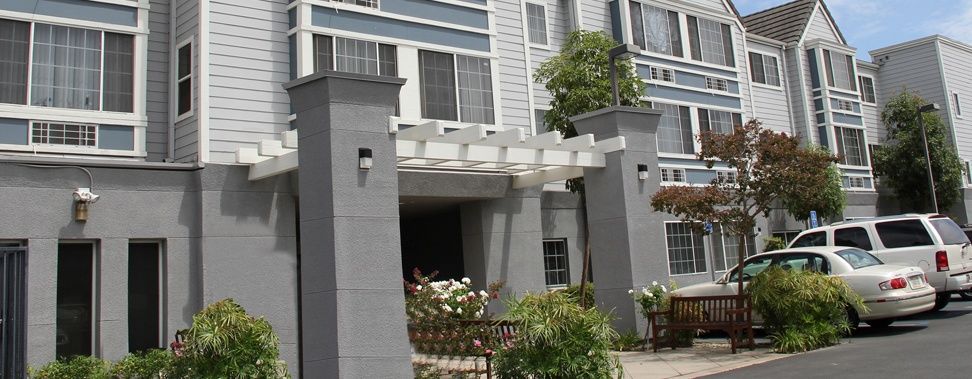HomeCaliforniaLos Angeles
Los Angeles, a city that is constantly buzzing with thriving cultures and vibrant communities, in recent years is also grappling with an increasing burden of homelessness. Thankfully, supportive housing options in the city are increasing in number and variation to help its most vulnerable residents.
Supportive housing applies an integrative approach, combining affordable housing with an array of supportive services. These services often include job training, physical health and mental health support, addiction counseling, and more. The aim is not just to provide a roof over someone's head but to also empower them to rebuild their lives. This model has been widely recognized for its efficacy in addressing homelessness, especially for those grappling with chronic health issues, mental health disorders, or substance use disorders.
The supportive housing landscape in Los Angeles is multifaceted, with different models available to meet unique needs. Some of these include:
This model involves leasing individual apartments scattered throughout the community. Supportive services may be mobile or based at a central location. The Los Angeles Homeless Services Authority (LAHSA) commonly uses this model.
Here, units are clustered in one building or complex, which often provides a variety of onsite services. This makes it ideal for residents who require more intensive support. Projects by the Skid Row Housing Trust utilize this model.
Many supportive housing options in Los Angeles are made possible through state and federal subsidies in addition to non-private assistance. Key sources include:
Funded federally through the Department of Housing and Urban Development (HUD), these vouchers provide rental assistance to eligible low-income families, the elderly, and persons with disabilities. Residents pay a portion of their income for rent, and the HCV covers the rest.
HIP is a local program providing financial incentives to landlords who agree to accept renters with a housing choice voucher who were previously homeless.
This is another federal subsidy which ties rental assistance to specific units in a property. When a family moves out, the assistance stays with the unit, allowing the next low-income tenants to benefit.
PSH is a state and federally funded program that provides long-term assistance to homeless individuals, particularly those with disabilities, to afford quality and community-integrated housing.
Non-profit organizations also play a pivotal role in fortifying the supportive housing options in the city, from developing properties to providing services. Examples include the Skid Row Housing Trust, PATH (People Assisting The Homeless), and The People Concern. These organizations work in tandem with public agencies and private channels to fight homelessness and provide individuals with a chance at a new beginning.
In conclusion, Los Angeles presents a robust and thorough landscape of supportive housing solutions to help its homeless citizens. Collaboration between federal, state, local, and non-profit entities is paramount to the city's efforts, strengthening and nourishing the communities they serve.




